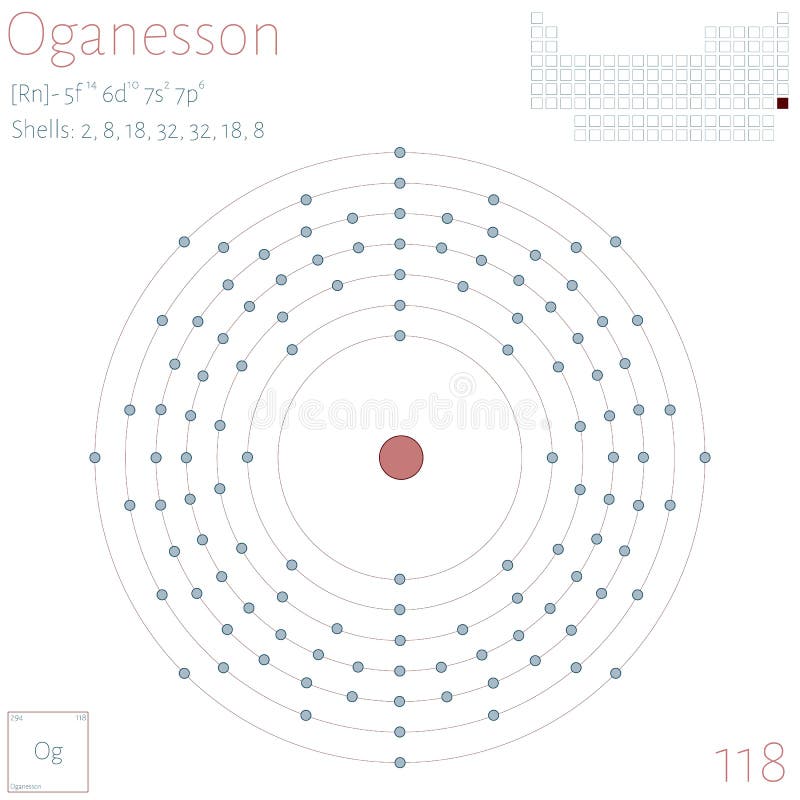

This document is connected to Japan's KTUY model.Īn independent map of half-lives and decay modes exists. Half-life data are reported by colors, which makes numerical estimates laborious to produce. More detailed estimates of these properties can be extracted from maps on pp 11 & 12, but only for a limited range of Z and N.

Maps on pp 15 & 18 address the entire (Z,N) region covered, but report only the dominant decay mode and report half-lives only to within a band three orders of magnitude wide (0.001 - 1 sec, for example). A third source provides quantitative data over a limited range.Īt least one document maps half-life and decay mode for elements below Z = 175 from the neutron dripline down to isotopes which are too neutron-poor to survive any appreciable length of time. This article uses two main resources chosen because of their independence from one another. This means that the element will never be in an environment cool enough for it to interact chemically. No isotope which can be synthesized by any technology currently imaginable can form except by physicist-catalyzed reactions.Īny Og which does form will disappear within 1000 sec of the event which led to its formation. Supernovae are unlikely to be able to form this element. No isotopes of Og have predicted half-lives greater than a second, and no isotopes are predicted to be daughters of long-lived nuclides.Ī large number of Og isotopes can form during a neutron star merger or comparable event, but all of these are heavier than 329Og. This article will focus on things Wikipedia does not stress: heavy isotopes and formation. Wikipedia has an article which provides a lot of information about the element. Oganesson (Og) is the name of element 118. All rights reserved./ ˌ ʊ ɡ ə ˈ n ɛ s ə n /ĭecay chain of 294Og, the only known isotope of oganesson. Copyright © 2023, Columbia University Press. The Columbia Electronic Encyclopedia, 6th ed.

See also synthetic elements transactinide elements transuranium elements. A subsequent investigation suggested that the original finding was the result of fraud on the part of one of the team scientists. In 2001, however, the team retracted its claim to have produced the element after other laboratories failed to reproduce their results and after a reanalysis of the original data did not show the production of it.

bombarded lead-208 atoms with high-energy krypton-86 ions to create what an analysis showed to be three atoms of element 118 with mass number 293 and a half-life of less than a millisecond. In 1999 a research team at the Lawrence Berkeley National Laboratory in Calif. The name oganesson, in honor of Russian physicist Yuri Oganessian, was proposed for the element by its discoverers and approved by IUPAC in 2016. Og-294 has a half-life of approximately 0.89 msec. Among the products of the bombardments were atoms of oganesson-294 (one in 2002, two in 2005), each of which decayed into an atom of livermorium by emitting an alpha particle. They bombarded atoms of californium-249 with ions of calcium-48. Scientists from the Joint Institute for Nuclear Research in Dubna, Russia, and Lawrence Livermore National Laboratory in California collaborated in the discovery of oganesson in experiments conducted in 20 the discovery was confirmed by the International Union of Pure and Applied Chemistry (IUPAC) in 2015. Situated in Group 18 of the periodic table, it is classed as an inert gas and is expected to have properties similar to those of radon and xenon, but its electrons may be more nebulously associated with discrete shells, and it may as a result be chemically reactive. 118 mass number of most stable isotope 294 m.p., b.p., sp. Oganesson ō´gənĕs˝ən, artificially produced radioactive chemical element symbol Og at.


 0 kommentar(er)
0 kommentar(er)
